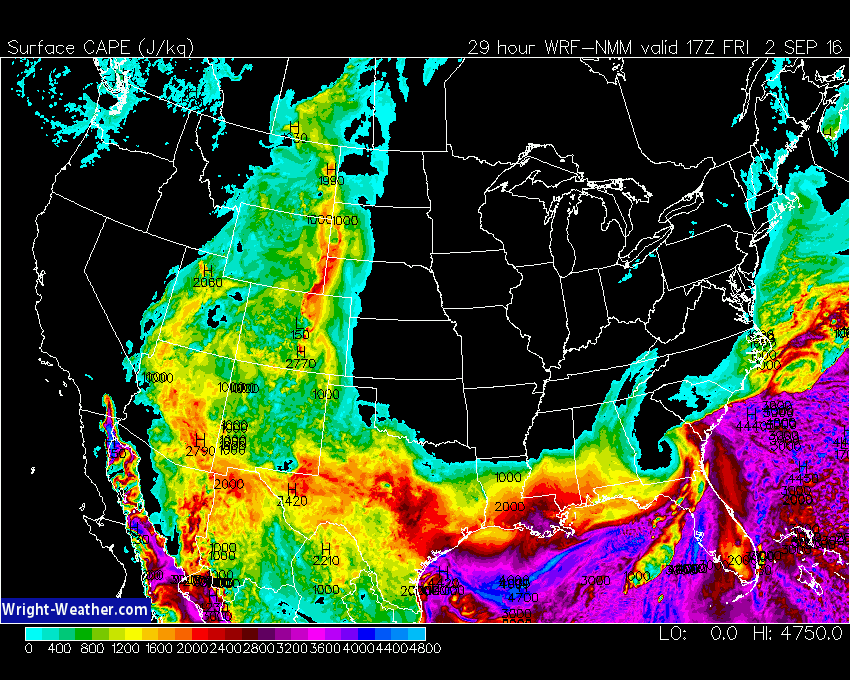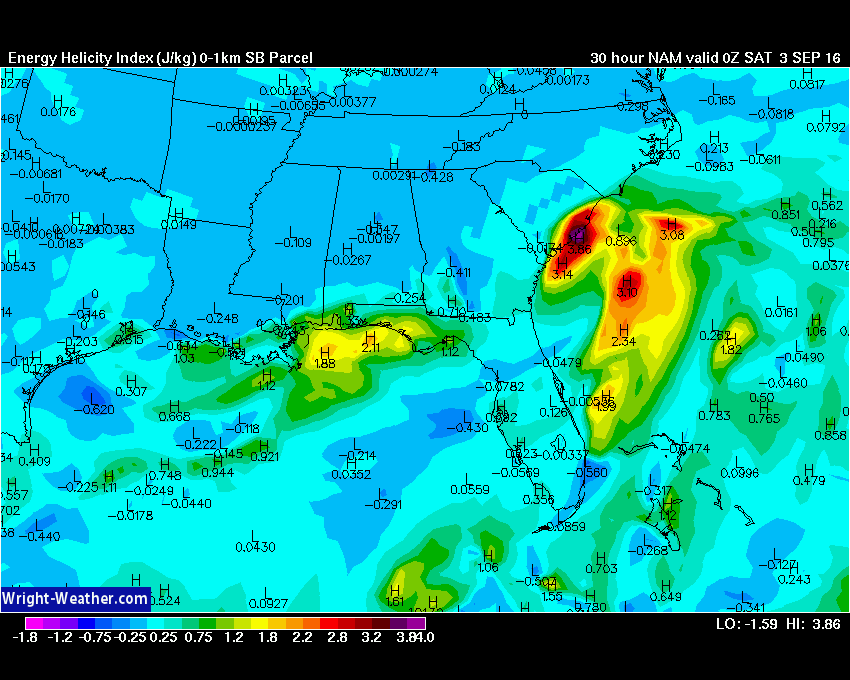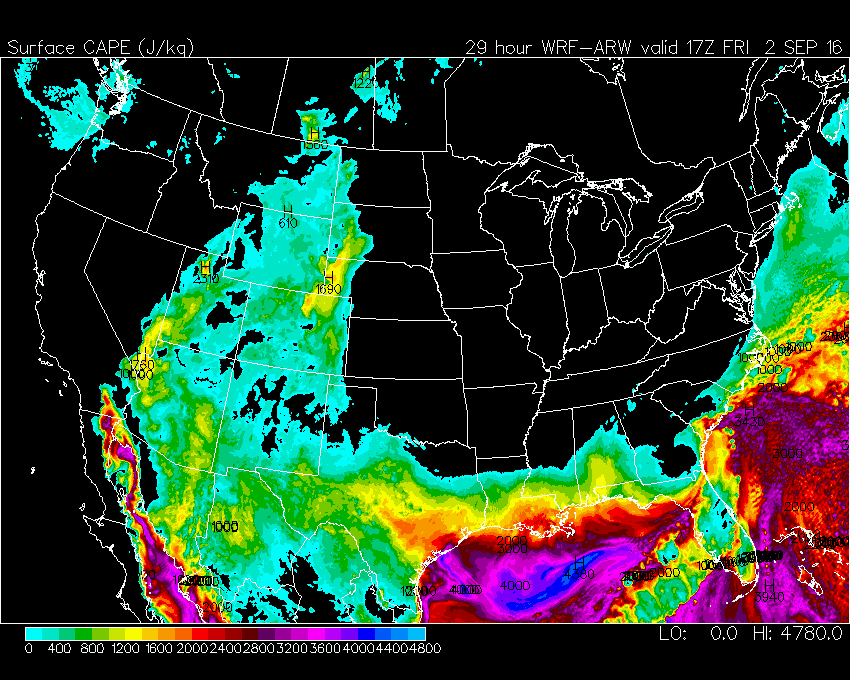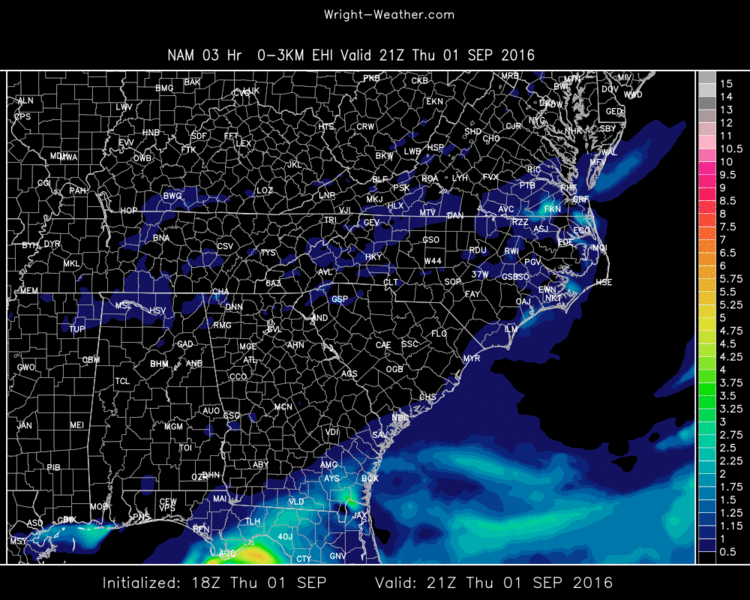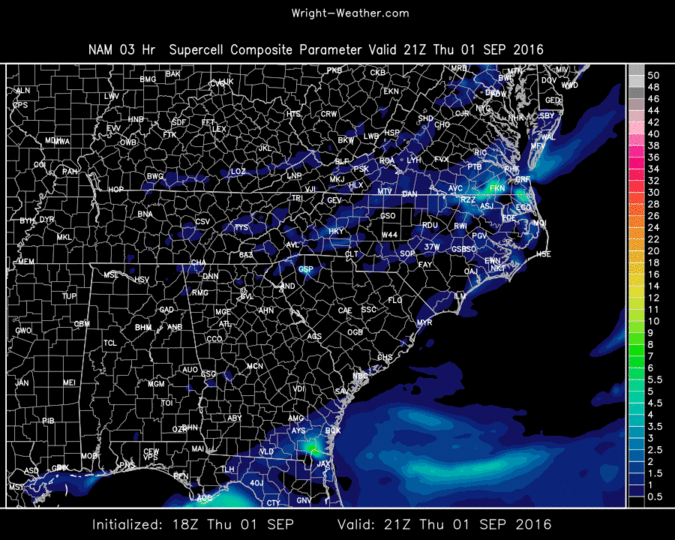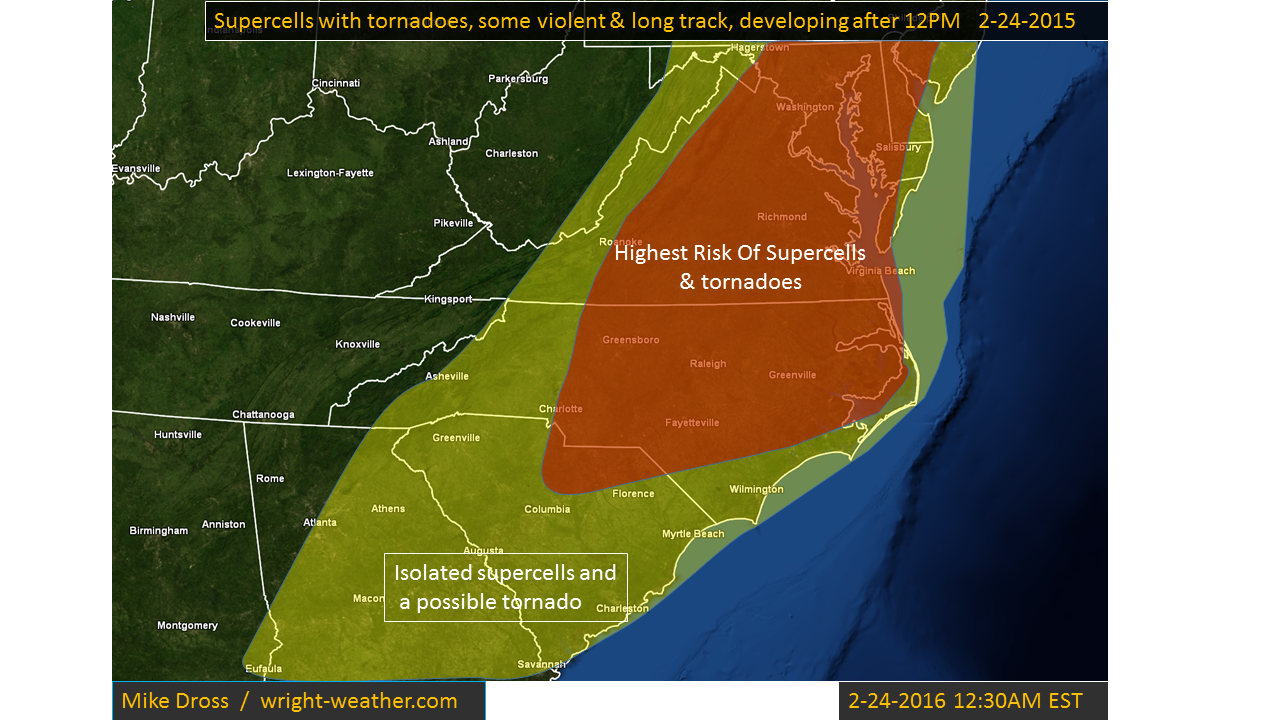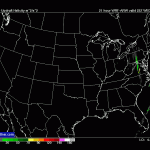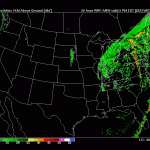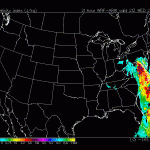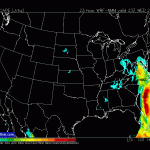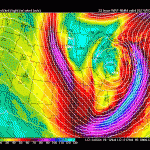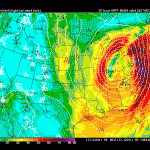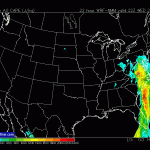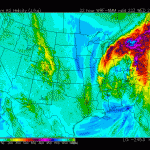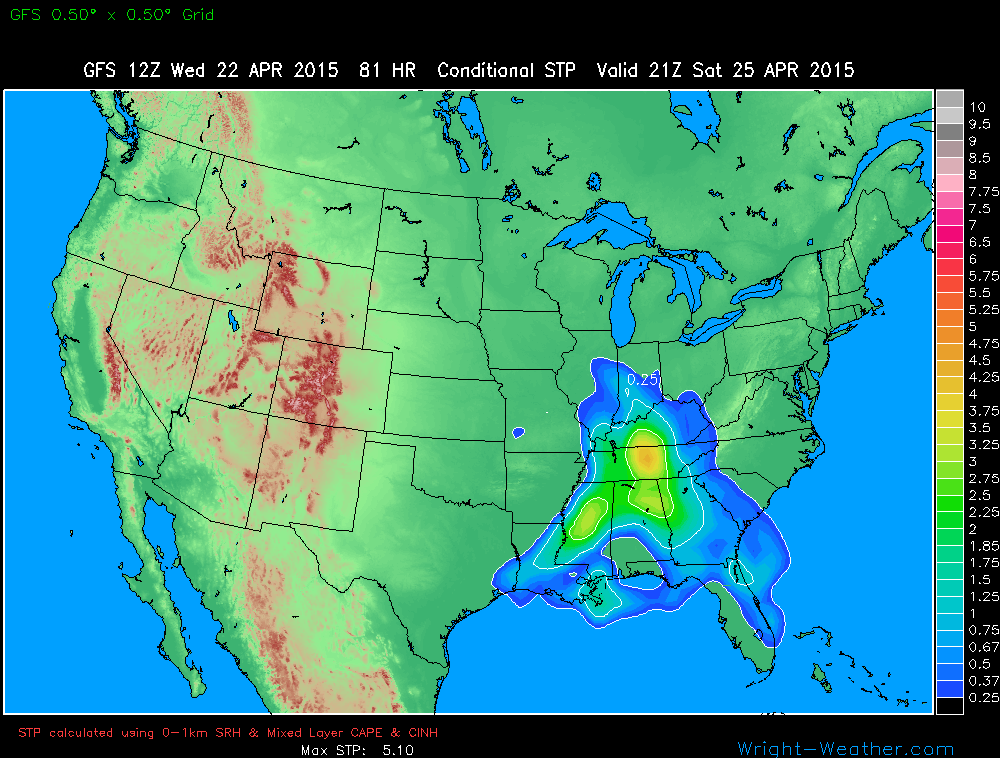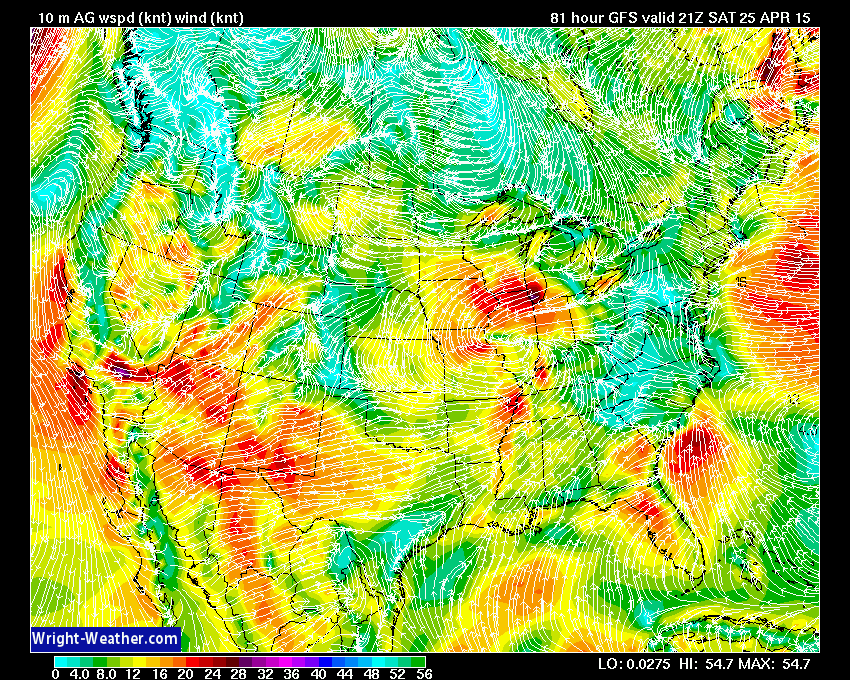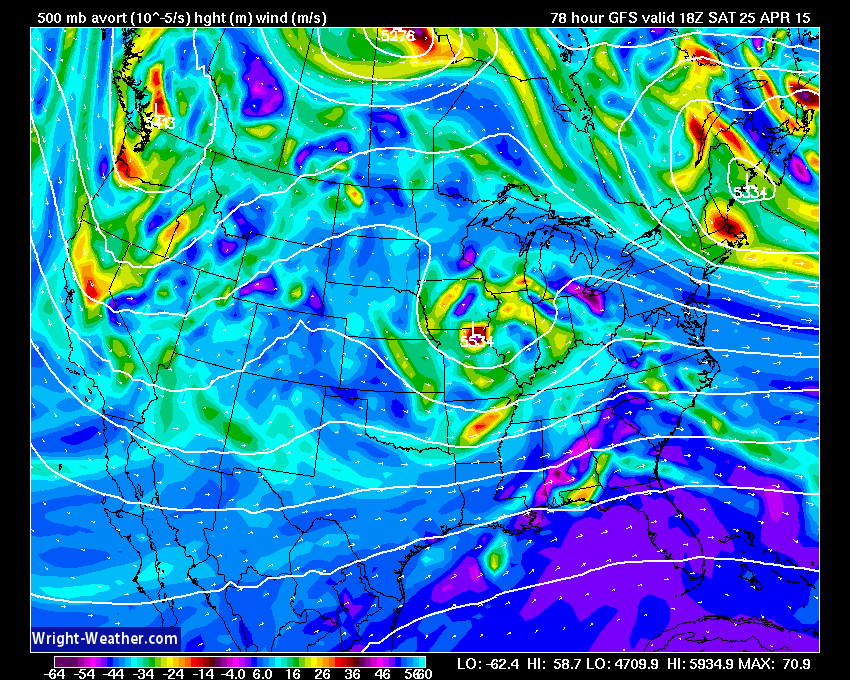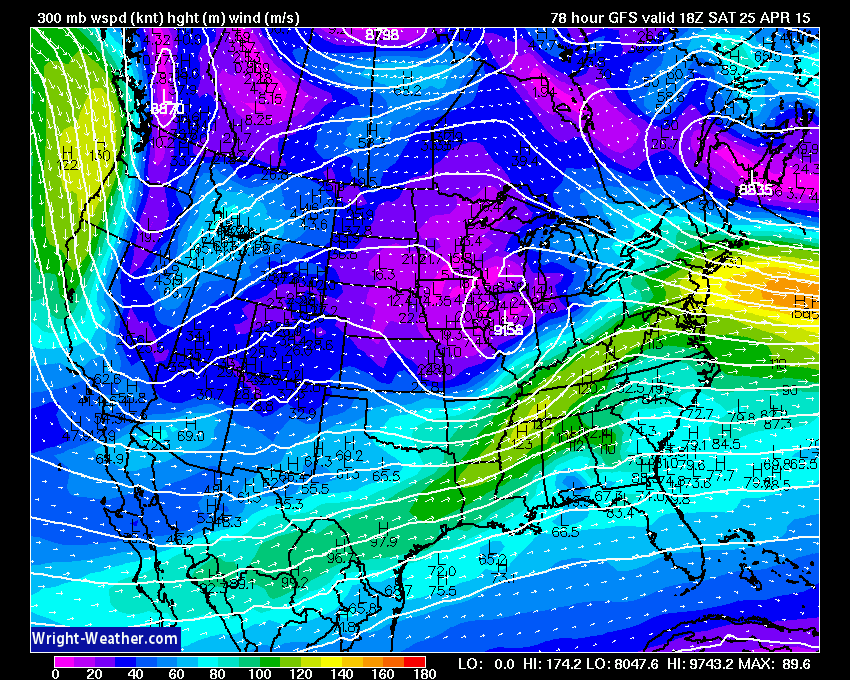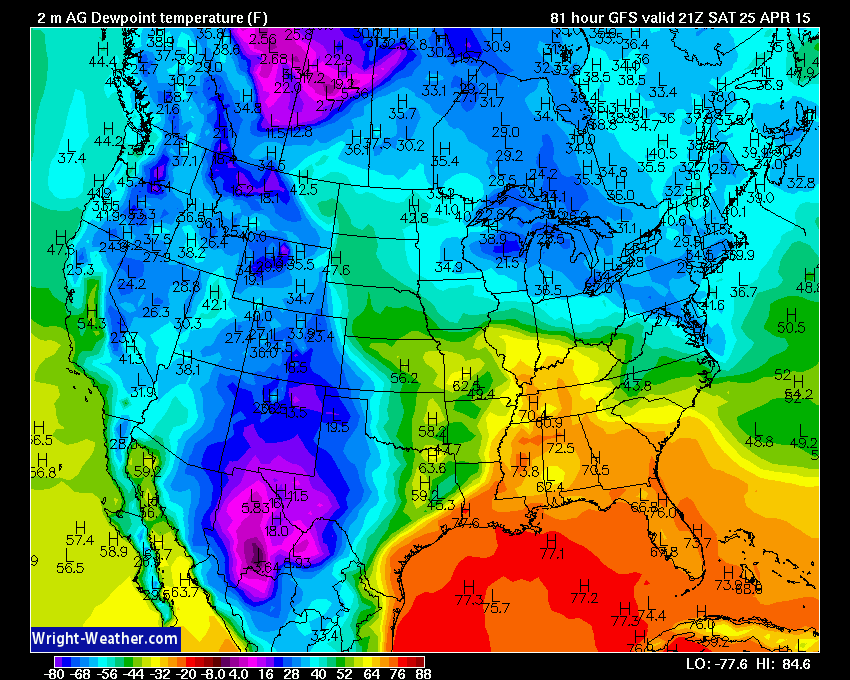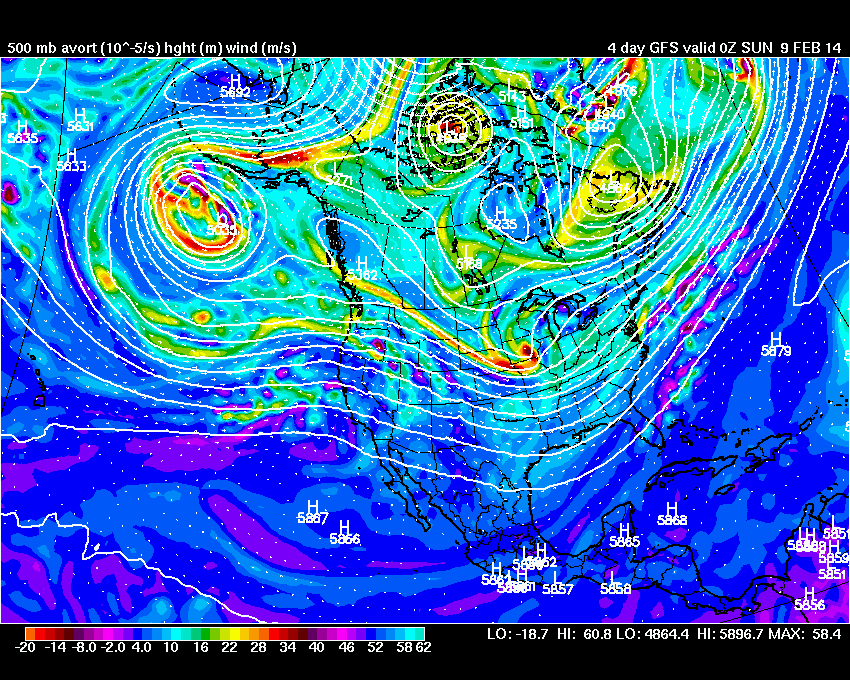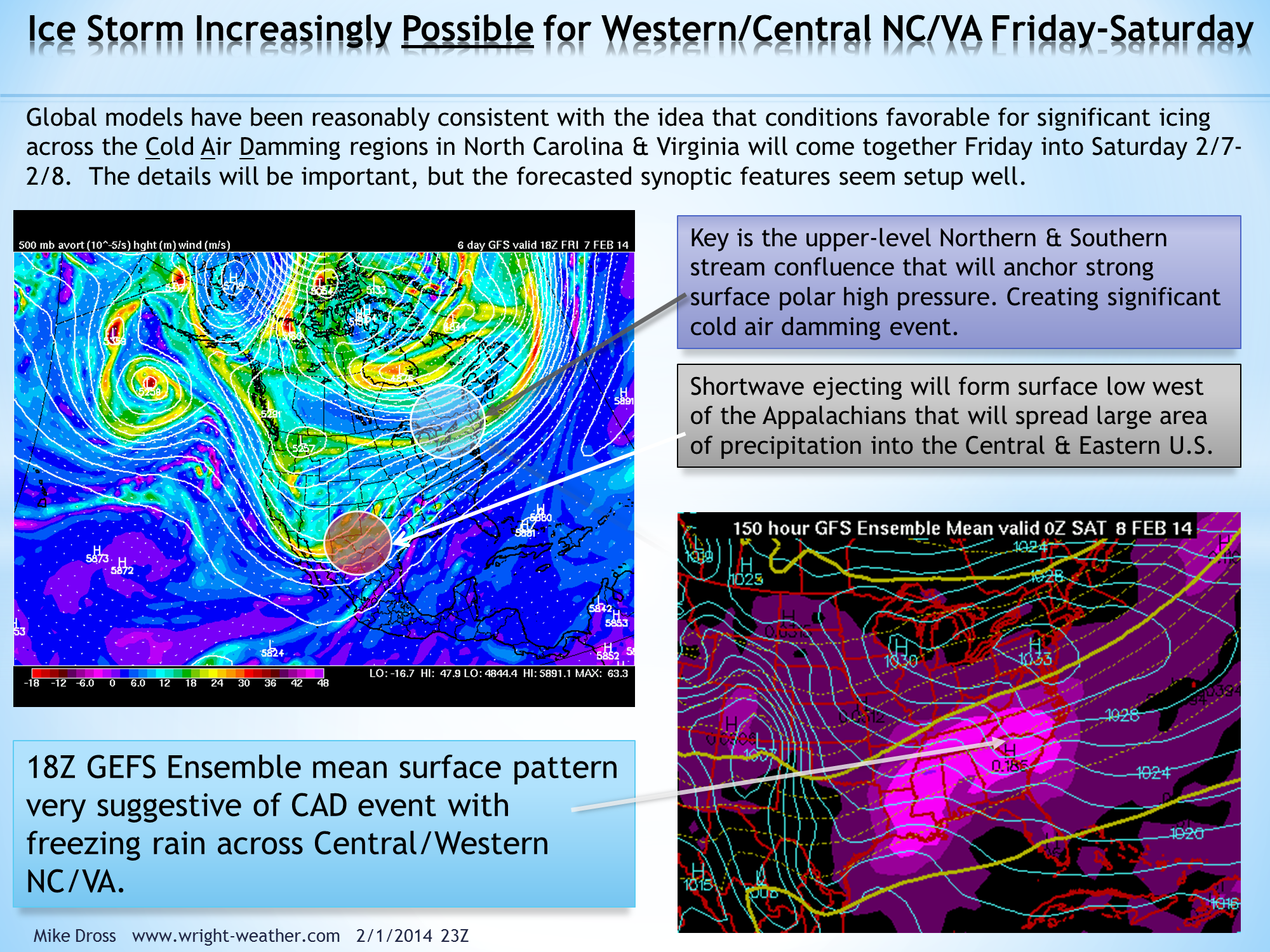** GFS Upgrade has been completed **
NCEP/NOAA is scheduling the GFS to be upgraded on/about March 17th. We do not expect any significant issues migrating from the current operational version to the new version, however there may be some delays or minor issues during the changeover.
The new version of the GFS provides higher vertical resolution with more layers added above the tropopause, the horizontal resolution remains the same. Numerous changes have been made which will cause the GFS output being about 20 minutes slower than the current operational version, while consuming about 4x the amount of supercomputing processing power.
Having reviewed the statistical skill scores of the GFSv16 there is very slight improvement, but there were some negatives, such a significant right bias in tropical cyclone tracks and a much lower CAPE value then the previous GFS, which was already negatively biased.
So be aware of these items when using the new GFS. CAPE values will tend to be suppressed, which will make other severe convective parameters appear less intense (SCP,STP,EHI) and Tropical cyclones forecast skill was not improved ( GFS v16 to GFS v15), as noted in the active 2020 season.
Here is the GFSv16 Evaluation Page:
https://www.emc.ncep.noaa.gov/users/meg/gfsv16/
Here is the Service Change Notice:
https://www.weather.gov/media/notification/pdf2/scn21-20gfs_v16.0.pdf


